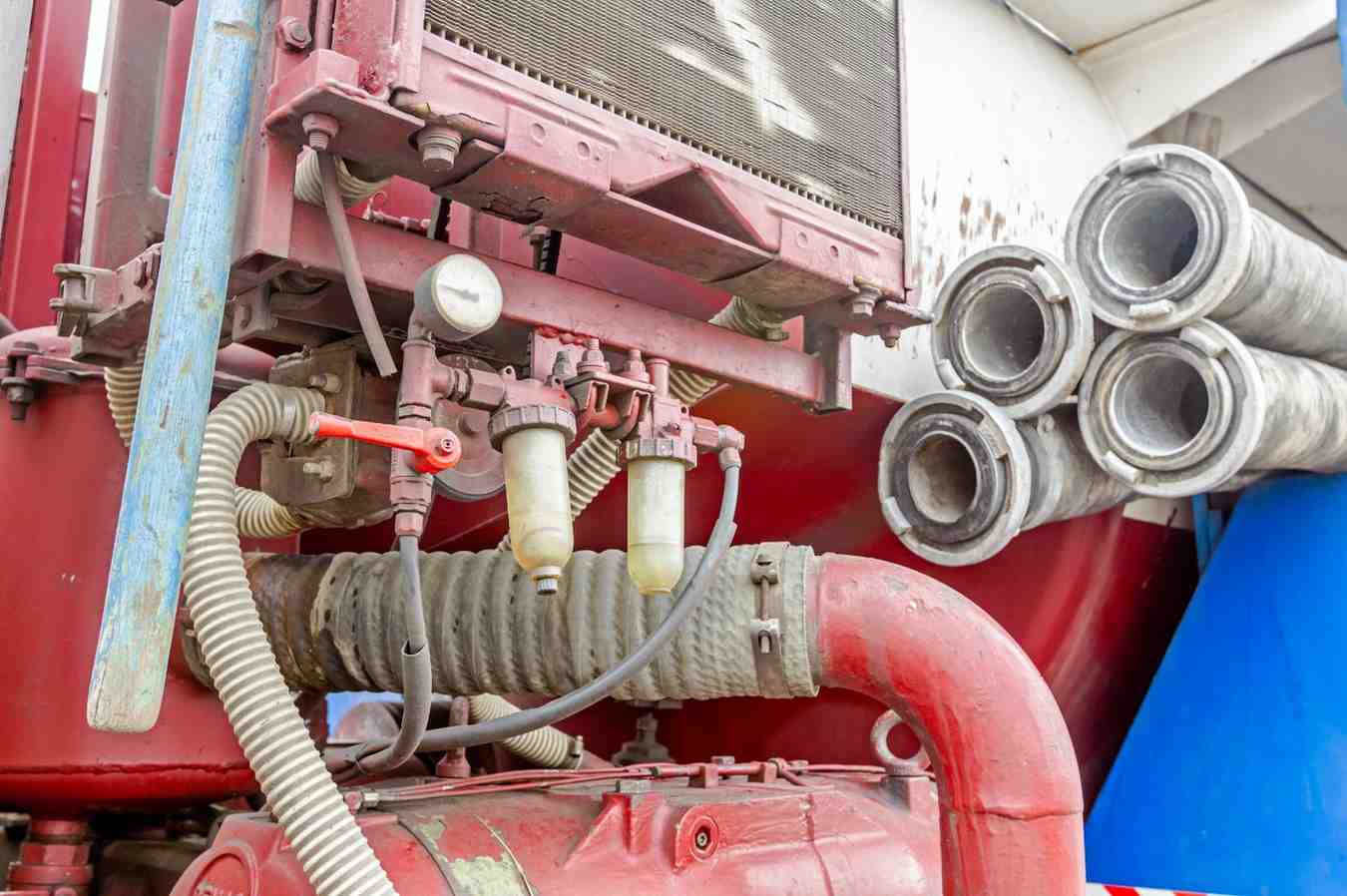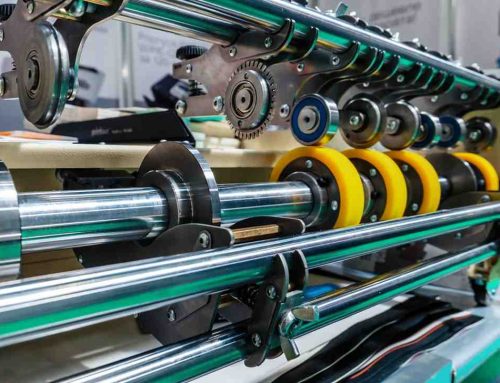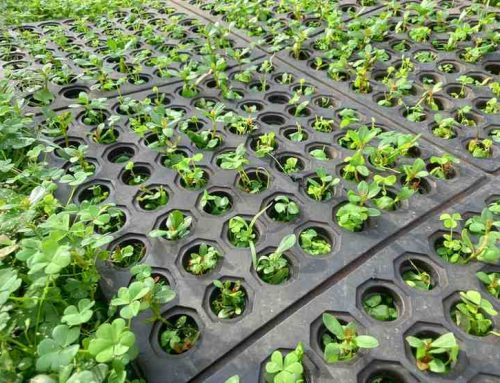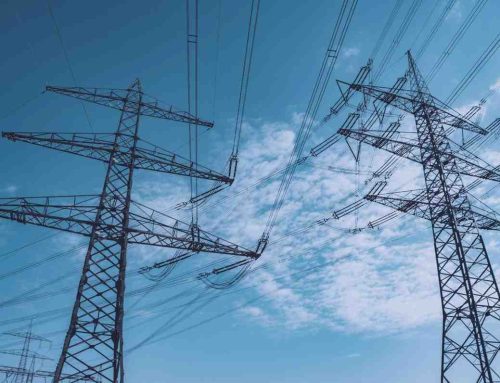Water rubber seals, as in many industries, in food processing, allow for cleanliness which is especially important. Everything in a factory, both large machines and small parts, must keep food safe. One small part that people sometimes forget about is the rubber seal on water outlets. At Tehnoguma Food Tech Experts, we know how important these simple things are for your business. This guide is full of good ideas and technical information related to water rubber seals. It will help you choose the right water rubber seals – ones that will do a great job for you. If your priority is making sure that water outlets are clean and germ-free so they can be used efficiently to make food safely then read on! We look at factors including hygiene levels or whether materials used match up with needs plus give advice on what sort of things need thinking about before purchasing decisions are finalized: all designed empower choices leading success!
Our comprehensive industrial rubber production line provides ultimate solutions within the mining industry, food production, ergonomics technologies, roller technologies, and more. Now let’s see how these water rubber seals can achieve the best practices and standards within a food production facility.
The Significance of Water Rubber Seals in Guaranteeing Food Safety: An In-Depth Study on Microbiology and Regulations
While they may seem unimportant, water rubber seals are vital for keeping food safe at your processing plant. If these small parts are made from the wrong materials or become worn out, many bad things can happen such as:
- Nasty Germs Multiplying Like Crazy: Bacteria — which nobody wants around if edibles are involved — dig places where they can stick together & grow slimy films; a shabby rubber joint could turn into one big germ party. A CDC report from 2018 found that even tiny cracks less than 10 micrometers across in rubber surfaces can harbor E. coli and Salmonella bugs among other Pathogens — and it takes very few of these microscopic crevices to make a problem. If contaminated bugs get onto foods during manufacture, there might be recalls because of outbreaks of sickness (or just plain rotten luck). High-quality rubberised materials don’t give germs an easy ride because they don’t have pores or cracks plus their smooth surfaces discourage bacterial adhesion; meaning fewer bugs overall end up close enough to cause trouble.
- Stick to the Rules: The US food watchdog (FDA) along with bodies like HACCP insist on certain standards regarding materials used in surfaces coming into contact with victuals plus overall hygiene procedures within plants too — and these are not optional extras. Don’t fall into the false economy trap of buying cheap water outlet rubbers based on today’s cost alone. In the long run, opting for low-quality rubbers can prove to be a major financial mistake. They wear out more quickly than higher-priced alternatives meaning you need to keep replacing them–and their rough surfaces may necessitate a good deal of elbow grease (or harsh chemicals) for cleaning time.
- False Economy Trap: Don’t fall for a false economy for water outlet rubbers. Although cheap ones might seem like a bargain, picking poor quality could end up costing you a lot more in the long run. That’s because they’ll wear down faster than high-quality alternatives meaning you’ll have to replace them more frequently—and if their surfaces are rough, this can also mean using harsh cleaning products or spending longer on the job. Outlet rubbers with smooth tough exteriors may take less time to clean and need replacing less often: so by paying extra upfront for something durable and easy to clean, there will be savings overall!
To make sure your food processing plant is clean, safe, and cost-effective, choose materials for surfaces with care. Don’t forget even small things like water rubber seals can affect how easy it is to keep to hygiene rules–and avoid costly mistakes. A good tip is selecting items based on their technical properties and looks or texture.
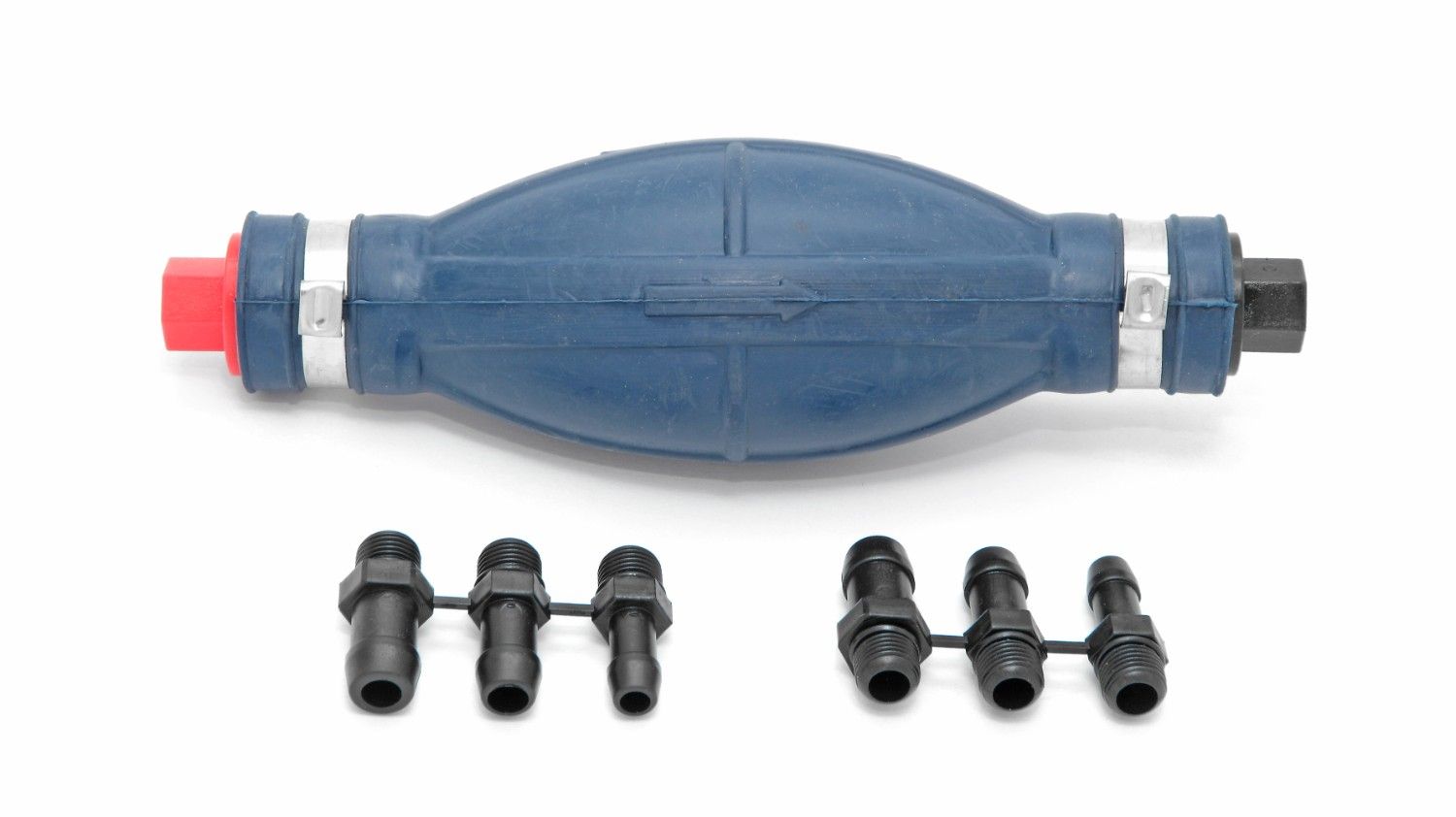
Prioritizing Cleanability for Optimal Food Safety With Water Rubber Seals
In the realm of food processing, there is one word that rules them all: hygiene. Every part of a facility–whether it be huge mixers or tiny things like water outlet rubbers–must be designed to prioritize cleanability if we’re going to keep our food safe from start to finish. Here we’ll look specifically at some key points to bear in mind which will help make sure your hygiene processes are as good as they can be; meaning you can minimize risks related to contamination.
- Material Selection and Why It Matters for Cleanability: Water outlet rubbers made from different materials can vary hugely for how easy or difficult they are to clean well–and therefore how hygienic they are overall.
- Smooth Surfaces Stop Bugs Setting Up Home: If there are lots of tiny crevices or an uneven surface, some bacteria will happily lodge there and form ‘biofilm’: slimy colonies known for being tough to get rid of. On the other hand, high-quality water outlet rubbers with very smooth surfaces (less than 1. 0 micrometers roughness) made using EPDM do not give these bugs so-called ‘attachment points’. It’s like creating a desert where none of these harmful microbes want to hang around.
- Food-Grade Certification: Have They Got Paperwork to Prove It’s Safe? Rubber isn’t naturally created equal so those making products for use near water that could end up being drunk or used for foods need to know no harmful chemicals are going to move from their product and into what’s nearby i.e.: leach. This (plus other things) is checked when rubber gets a “food grade” certification. Agencies such as America’s Food & Drug Administration have lists that say “Yes this stuff is fine”, for instance, its regulation number 21CFR177. 2600 says soaps greases etc. can be safely used on materials like rubber provided that.
- Design Considerations For Effortless Cleaning: Later on in this document you’ll read about checks needed during ‘validation’ but sensible design plus picking materials wisely should mean getting rid of dirt, grease regular bugs, etc. is straightforward–fewer gaps, pipes bending in odd shapes or awkward angles mean you.
- Minimizing crevices: Remove any crevices and creases where bacteria and food particles can hide and multiply to create a contamination hotspot. It’s all about encouraging water to run off smoothly: If water stands still, then this is an area where bacteria will breed.
- Water Drainage: Choose outlets for products made from materials that naturally shed water or have been cleverly designed so there are no flat surfaces on which water might pool. If water can drain in full at the end of each session it greatly reduces the risk of bugs growing as well simplifies cleaning jobs. The best way to ensure something stays clean is by keeping an eye on whether it needs cleaning; don’t only look once dirt becomes visible.
- Maintaining a Hygienic Environment Through Consistent Practices: Check rubber parts regularly for signs of wear such as cracks, splits or if the surface starts feeling different- as all these could be areas bacteria like to live.
- Regular Inspections: It’s also good practice to have regular routines in place not just for checking things over but giving them a proper wash too. Develop a timetable showing when items need cleaning and how this ought to be done but don’t forget your schedule must take account of various factors including what they’re made of frequency of use plus kinds of contaminants.
- Cleaning & Sanitation Procedures: Work alongside specialist cleaners who’ll be able to give advice on which products work best to get rid of both dirt and germs — then stick with their suggestions.
By making cleanliness a top priority thinking a lot about design features making it easier to scrub those seemingly insignificant bits kit you could save yourself from dealing with widespread sickness traced back own factory.
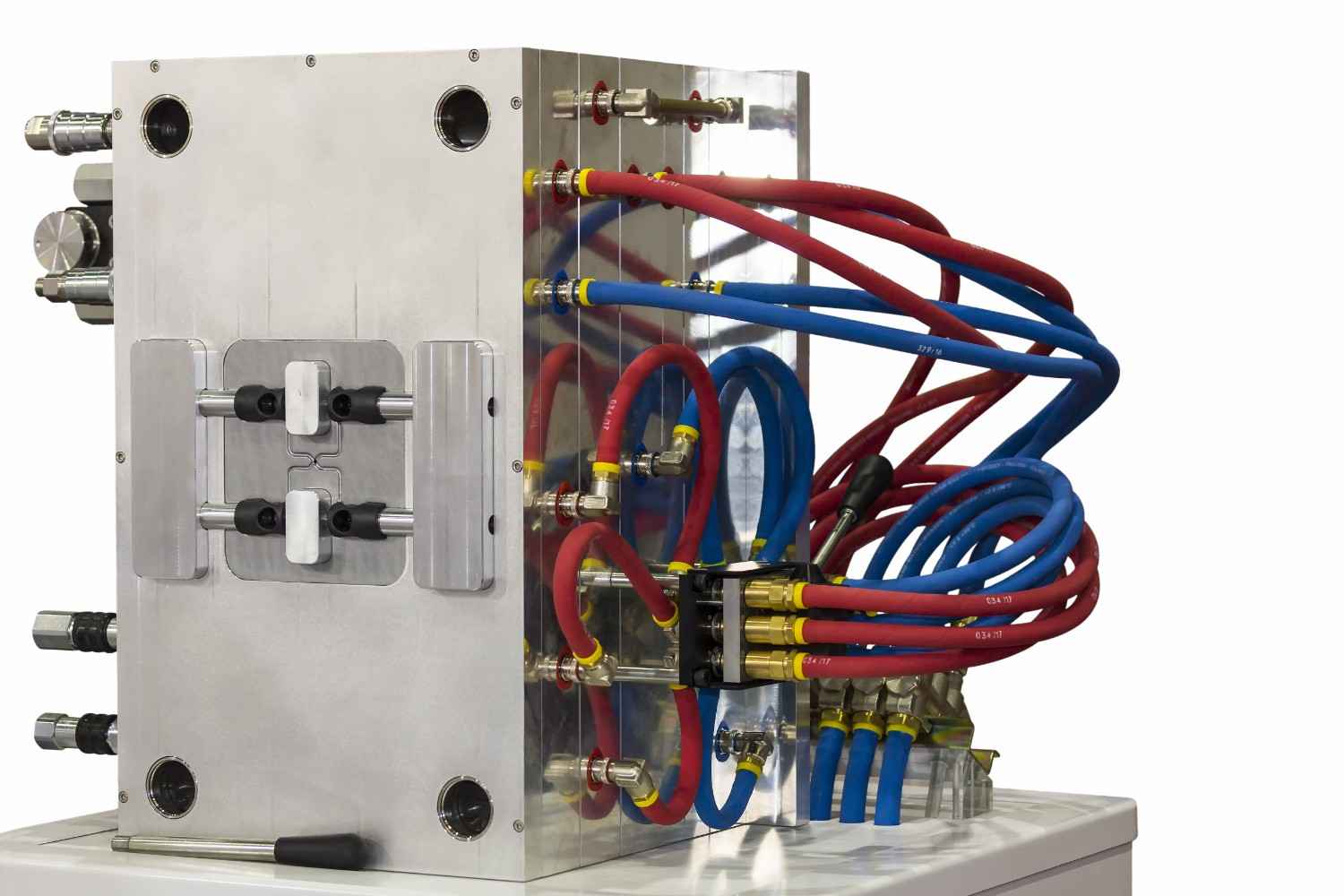
Choosing the Best Materials for Cleanliness
The materials you pick for your water outlet rubbers affect how easy they are to clean–and how hygienic your food processing plant can be overall. Here’s a closer look at two things that are key when choosing such materials:
Surface Smoothness
Maintaining cleanliness and hygiene in food processing areas is essential right down to the water outlet rubber seals–tiny components that are vital for preventing bacteria from contaminating food products. One important factor which affects how well these seals do their job is their surface texture. In this article, we’ll look at why some materials perform better than others in keeping bugs at bay (and what role smoothness has to play in this).
- Smooth Operators – Keeping Bacteria at Bay Surface roughness: This measure (often written as Ra) matters because it affects whether bacteria can cling on well–and form biofilms. (Those are slimy layers of bugs that stick together and also to surfaces, making them hard to shift using normal cleaning methods.)
- Why EPDM is smooth stuff: High-grade EPDM has a Ra of under 1. 0 µm. That means its surface is so un-bumpy there’s hardly any room for bacteria to latch onto it; so few biofilms develop.
- Roughness: In contrast, some rubbers have a Ra above 3. 0 µm – meaning many more bugs might cling on firmly, form biofilms, and possibly end up tainting your products.
So it turns out being smooth can help stop bugs from sticking around and causing trouble–who knew? When it comes specifically to those all-important seals on water outlets, EPDM rubber is a top choice because its super-smooth surface makes it difficult for microbial films to gain a foothold. But hang on a moment because there’s more… }}”>Next up: other factors affecting how long such seals last before needing replacement, plus tips for getting the best out of them in your factory.
Food-Grade Certification: Ensuring Safety from the Source
Keeping your water supply safe and clean is crucial when manufacturing food. If the rubber components in your water outlet aren’t certified for use with food, they could release dangerous substances that contaminate your products—a risk you don’t want to take!
- FDA Compliance: Make sure nothing nasty gets into water from rubber pipes FDA rules (21 CFR 177. 2600) are in place to guarantee that any rubbery material coming into contact with foodstuffs does not contain chemicals that could be harmful if they leached out: ie migrate from pipes into H2O and thence salmon fillets.
- Material Selection: This underscores the importance of using suitable materials (in this case rubber) whose composition adheres strictly to these regulations–or similar ones observed throughout the world. If rubber materials have any fillers or additives that aren’t food-grade certified, these can make their way into water systems.
- Choose safety first: Pick water outlet rubbers made from food-grade certified materials – ones that meet standards like FDA 21 CFR 177. 2600. It’s an easy way to ensure your food supply chain remains undisturbed by chemical contaminants with unknown effects.
Make the right choice when selecting materials by considering this type of technology; Equip your facility with champion cleanability products such as hoses for water outlets. By reducing potential sources of contamination, you’ll be promoting an environment where goods are made safely (as well as hygienically).

The Advantages of Different Water Rubber Seals: A Technical Perspective
Choosing the correct material for water outlet rubbers depends on understanding what your food processing site needs. Here, we look at three common kinds and compare them.
Ethylene Propylene Diene Monomer (EPDM)
- Chemical Resistance: When cleaning food factories, many chemicals and sanitizers are used–often at 1-5% concentrations. EPDM is great because it resists all these things well. This means when you wash your system down, it stays intact and doesn’t contaminate the water supply.
- Surface Smoothness: At <1. 0 µm roughness, EPDM has one of the smoothest surfaces around. Why does this matter? Because bacteria (which can form biofilms) are tiny and need a lot of contact points if they’re going to stick together. Indeed, studies have shown that even slight increases in surface roughness (>3. 0 µm) can lead to significant bacterial adhesion increases.
- Affordability: If you’re not worried about oily contacts or high temperatures then EPDM could save you some money.
Nitrile Rubber (NBR)
Here are some reasons why NBR might be a good choice for you.-
- Oil resistance: NBR performs well in the presence of oils and fats. This could make it a hit near things like deep fryers (where oil temperatures can reach 190°C/375°F) or at meat processing stations. Be aware, however, that its specific resistance to different types of oil can vary quite a lot depending on the exact formulation used to make it. Grades also differ–some cope with heat better than others.-
- Heat resistance: While some types of NBR rubber can tolerate moderate warmth, they may not be suitable for jobs that involve very hot water all the time. For instance, if you need something to cope with continuous exposure to water at temperatures above 120°C/250°F, there are materials available (such as silicone) that will do a better job.
- Balance of affordability and performance: NBR is often seen as giving good value for money because it performs reasonably well in lots of areas – not just resisting oil but also being relatively robust overall.
This means it could be worth thinking about for places where rubber flooring will only occasionally get oily or greasy but doesn’t have to put up with extreme heat around the clock.
Silicone rubber: Great for very hot water
If you work in a food processing facility that uses very hot water, silicone is the material of choice. It can cope with higher temperatures than any other synthetic rubber. Below we explain why it deserves a medal for heat resistance:
- Stand up to heat: Silicone can remain stable when it’s continuously exposed to 150°C (or 300°F) and above. No other rubber comes close. This makes silicone perfect for jobs such as hot-water outlets – especially important when sterilizing equipment.
- For example: Cleaning with hot water at more than 175°C (or 347°F) to kill stubborn bacteria. Regular EPDM rubber would probably fail here: it might warp, crack, or simply stop working. But silicone can take the heat, so valves perform safely even if they are in your hottest areas of operation.
- Affordability: Silicone could work out cheaper in the long run because it lasts longer. Although silicone may initially cost more than EPDM or NBR, it can offer substantial savings thanks to its durability.
Mostly, it is the most frequent choice in various industries, households, and for various purposes.
Additional Considerations
What do we need to additionally consider when choosing the right rubber for water outlets:
- Shore Hardness: The hardness of rubber is measured using something called the ‘Shore A durometer scale’. If you’re buying a water outlet rubber, products with a rating of between 60 and 75 are reckoned to offer the best combination of flexibility and strength. So this range would let you bend or stretch your hose if necessary (for instance when fitting it onto a tap) without breaking it; but should mean that normal day-to-day use doesn’t damage it either.
- Tensile strength (measured in mega pascals, or MPa): tells you how much force is needed to break the rubber. The higher its tensile strength, the more resistant the material will be to tearing and puncturing–vital qualities for ensuring that these products last longer in demanding environments.
- Elongation-at-break: measures just what percentage beyond its original length any given material can stretch before it breaks. If an item has “moderate” elongation at break (normally between 100% and 300%), this provides some flexibility making things like installation easier (because there’s give without weakness) and general handling less difficult (as overall strength is not compromised).
Understanding both technical properties plus comparing strengths/limitations with those offered by alternative substances enables informed decisions around hygiene performance and cost effectiveness all tailored specifically towards individual requirements within food processing.”
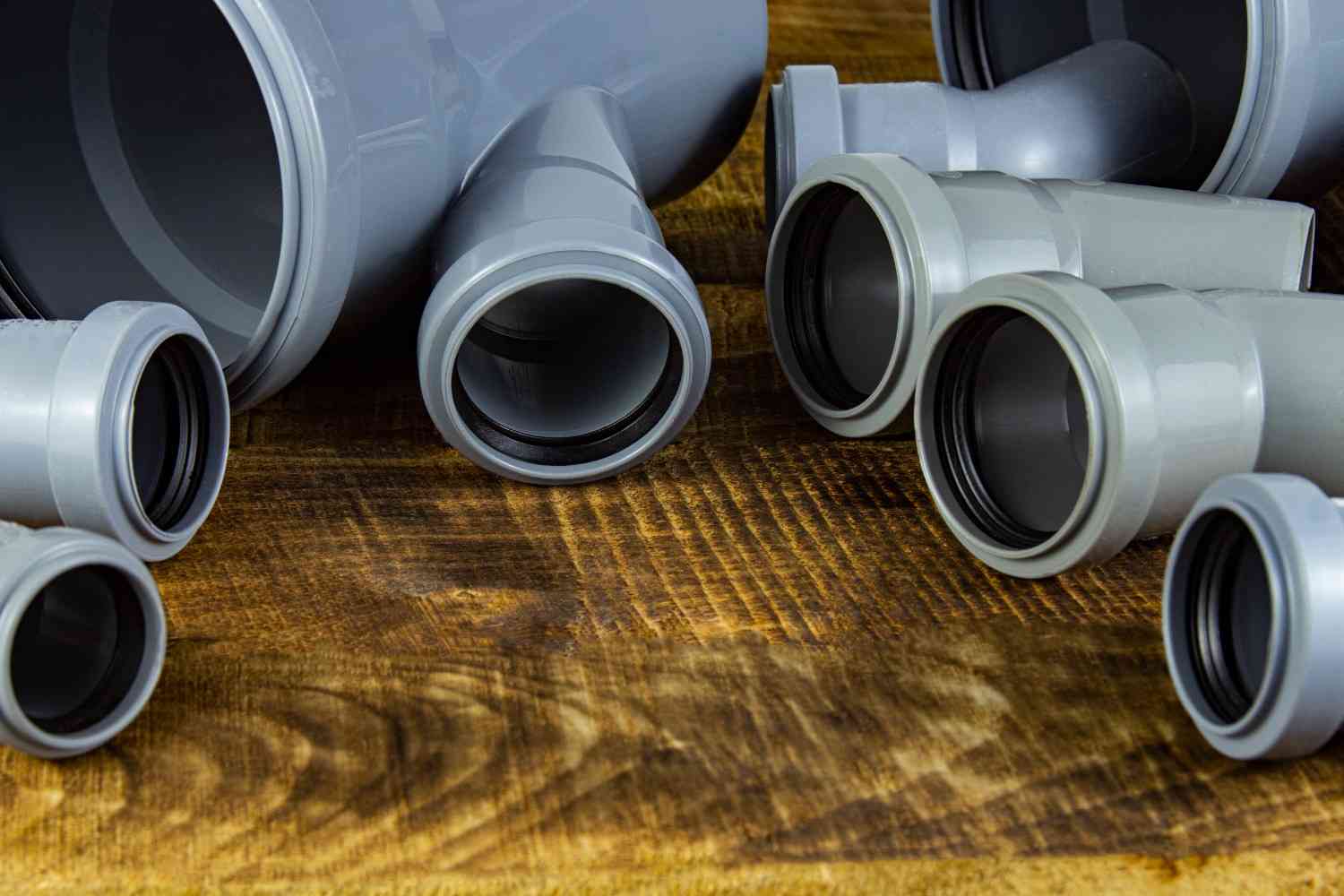
Matching Material Selection to Specific Applications: A Technical Deep Dive
Choosing the correct water outlet rubber material involves more than just picking one out. To guarantee optimum hygiene, performance, and cost-effectiveness- a technical deep dive into your requirements is essential. Here are some key points to consider when making your selection:
- Water Temperature: This is hugely important. For applications with very hot water surpassing 120°C (250°F) where maintaining structure is vital, silicone is unbeatable. Its great heat resistance means it can cope with continuous exposure to these high temperatures without losing strength. If, for example, your sterilization process involves hot water at 175°C (347°F) to kill heat-resistant bacteria, standard EPDM — which becomes hard and brittle at much less severe temperatures (-40°C/-40°F) — wouldn’t be up to the job: it might warp or even fail.
- Chemical Exposure: Also think about the chemical environment around your water outlets. If they are near areas that get a lot of cleaning or sanitation with powerful chemicals (typically between 1% and 5%), EPDM is a good choice because it resists such things very well. So there is little risk of the material breaking down and leaching chemicals into the water supply, where they could end up in food products. But if the occasional oil spill is more of a problem than constant exposure to chemicals, nitrile rubber strikes a nice balance between chemical resistance and oil repellence.
- Cleaning Frequency: If things need to be scrubbed down often–because they are touched a lot throughout the day or few people visit but protocols insist upon regular cleansing–materials like EPDM could be beneficial because of having a smoother surface finish. If your water application exceeds 120°C or you require optimal hygiene, then a silicone product may be needed; however, if durability against heat is what you need, consider this: standard EPDM loses flexibility in a temperature of 150 degrees centigrade whereas silicone-based alternatives do not degrade up to 250 degrees centigrade. Silicone is known for being durable, but some formulations may have slightly higher surface roughness, so they need to be cleaned carefully.
- Cost: Different materials vary in price — for instance, EPDM is inexpensive and suitable for many general-purpose uses at moderate temperatures where there is little chemical exposure or oil contact. Nitrile rubber costs a bit more than EPDM but offers good all-round performance; it is worth considering this option if parts of your plant come into contact with oil from time to time. While initial outlays are higher with silicone — which also resists heat better and has a longer life — replacements will be needed less frequently if you choose it for water outlets.
Weigh up these factors closely along with understanding exactly what demands your food processing environment makes of its equipment: By doing so, an informed choice can be made ensuring hygiene levels are kept high whilst also making savings over time because of reduced maintenance work.
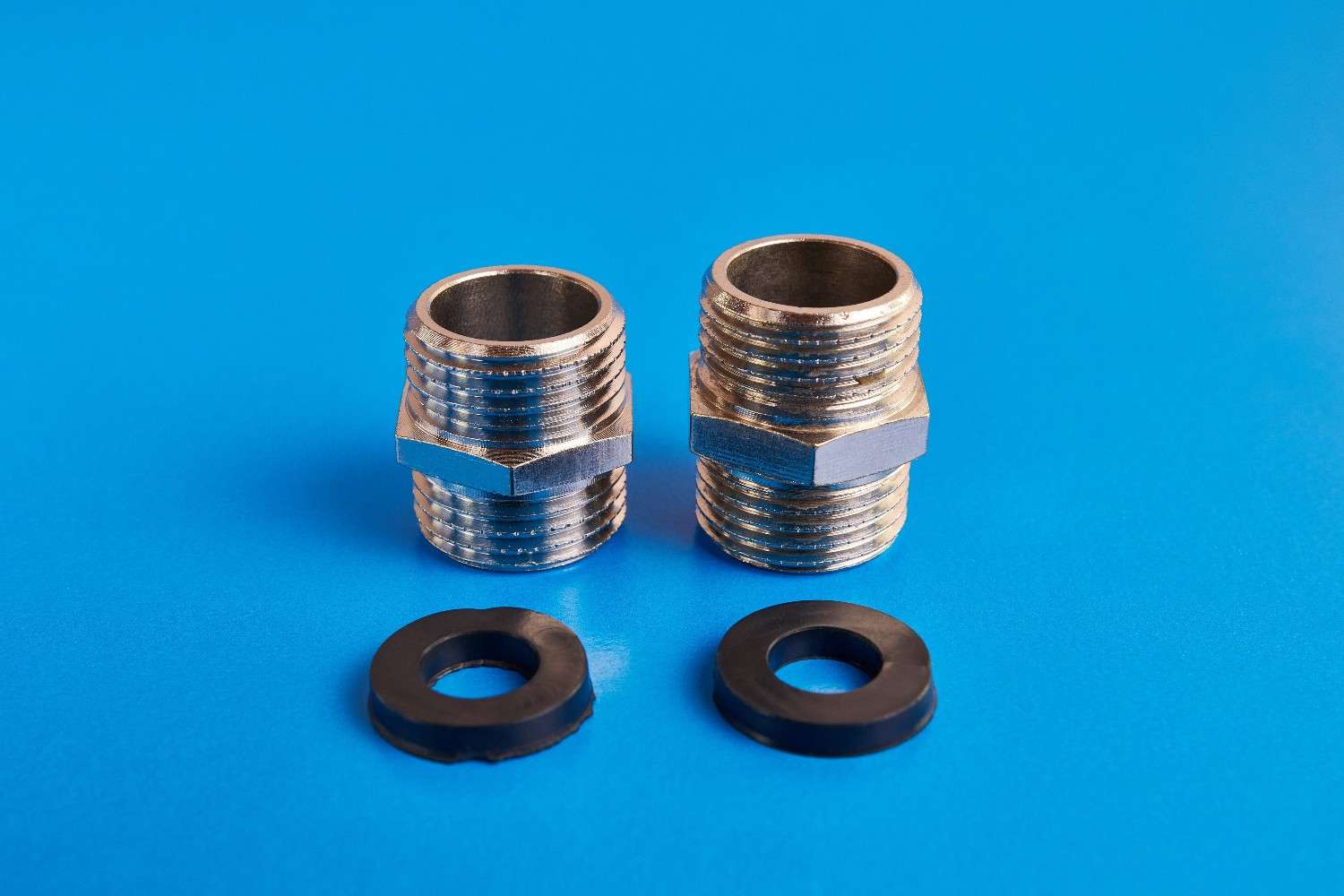
Tehnoguma Tech Experts: Your Partner for Food Hygiene & Performance
Do you find the world of food processing equipment overwhelming? Tehnoguma’s team of experts understands. That’s why we don’t just supply products; we provide solutions. Our goal is to help you get the best performance and hygiene from your water outlet systems.
- Best Materials Selection: Our food processing specialists do more than take orders. We use our knowledge to assess your needs carefully. For example, how hot does the water get (perhaps above 120°C)? What cleaning chemicals are used and in what concentrations? How often are different areas cleaned? With this information, we can recommend water outlet rubber materials that will maximize both clean and efficiency–even in tough conditions.
- Quality You Can Trust: All our water outlet rubbers are made from food-safe materials that meet strict rules such as FDA 21 CFR 177. 2600. Why do we select these materials? Because they won’t taint your water–even if it comes into contact with the hose itself.
- Saving Money While Boosting Performance: We also understand cost pressures. After all, some materials are costly but have a short lifespan; others are budget-friendly yet cope well with oily substances.
By working out which factors matter most to you, we can suggest products that will perform brilliantly without busting your budget. It is always better to be informed of the details. For that purpose, you can go through Gaskets and Seals: The Silent Sentinels In Food Production and get informed of every angle related to the topic. Another good suggestion would be Industrial Rubber Gaskets: Applications & Benefits which has a general overview of the topic and its complementary brother, the article Rubber Gasket Sealants: The Perfect Solution for Many Use Cases with technical details to always implement the best practices out there.
Conclusion
Choosing the water rubber seals is vital for maintaining a clean and productive food processing facility–although many people overlook this fact. If you prioritize materials that are easy to clean, as well as being tough and suitable for the job at hand; not only will your products be safer from contamination (plus comply with legislation) but also your working methods can be improved upon. Technoguma experts in food technology can advise you further: get in touch to talk about your requirements today. Find out for yourself how using our high-grade valve seals could help you achieve even more success when processing edibles!
